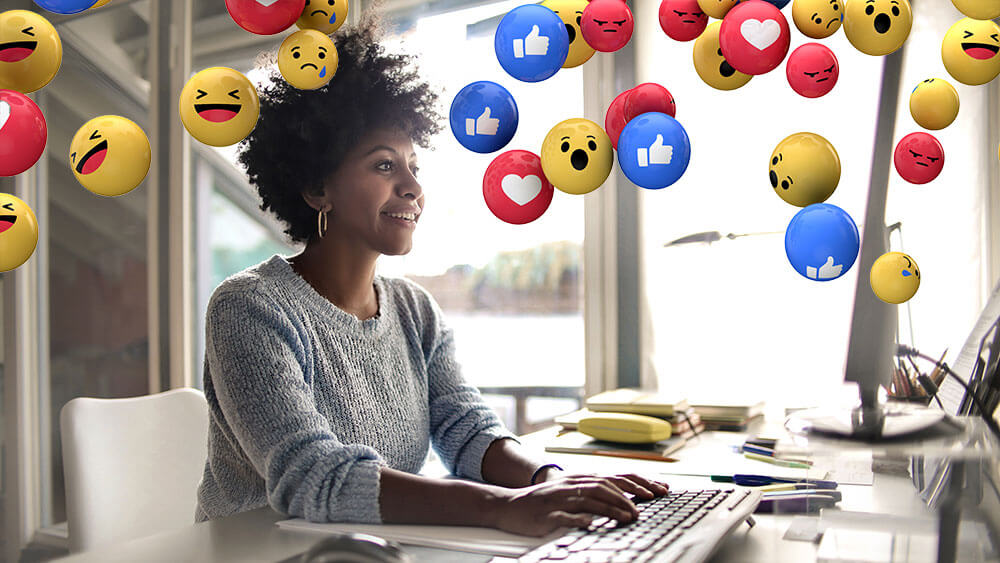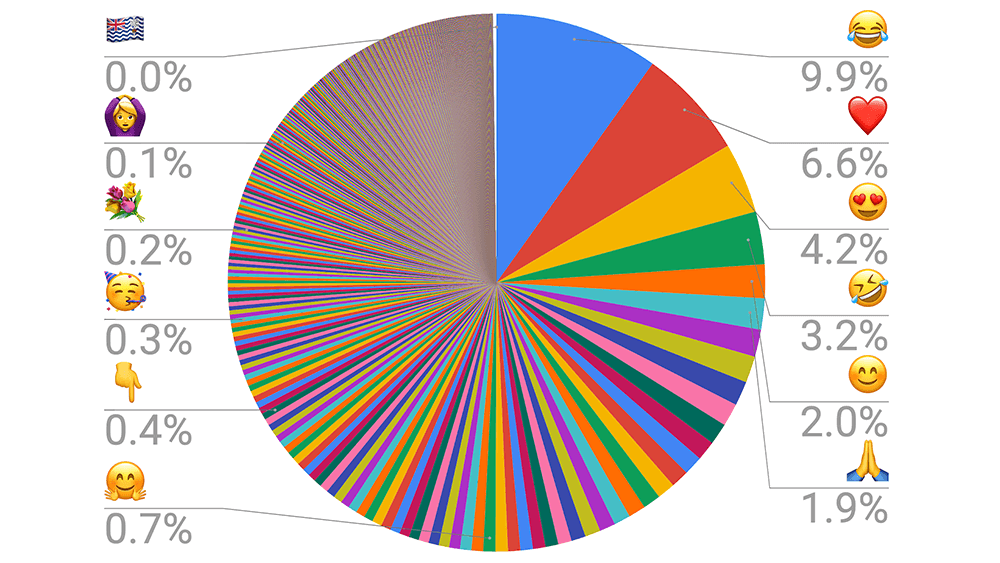
The Unicode Consortium regulates and approves emoji — and yep, there’s a meeting for that, too.
As an overly wordy person, I find emoji invaluable. They can soften an unintentionally terse e-mail, impart empathy when I’m too tired to conjure the right words, or just make banter feel a little less rote. This applies to work just as much as it does my personal life. I’ve worked remotely in one capacity or another for more than 10 years, and in a small way, emoji seem to add back something human to the almost exclusively online interactions I have with my editors and colleagues.
“They create a visual language that conveys a hidden, unconscious meaning: Let’s keep things friendly,” said Marcel Danesi, author of The Semiotics of Emoji, in a recent Inc.com article, “Face It: Emojis are Vital in Business.”
Danesi and others argue that emojis have value beyond just commiserating with colleagues. As an article on Entrepreneur.com pointed out earlier this year, they prove effective in making tone and intent clear in communications and avoiding potential misunderstandings. Research from Adobe shows that when employees use emoji at work, they believe it makes them more approachable and helps to better navigate language barriers as well as their thoughts and ideas.
As our work increasingly moves online, emoji are becoming more noticeably permanent in the tools and products we use at the office. Apple’s MacBook keyboards now feature dedicated emoji keys. Early next year, Microsoft plans to roll out the reactions feature for mobile Outlook users like it has for Teams, to prompt users to respond to e-mails more quickly with emojis. And Slack recently rolled out a new emoji pack customized for work-from-home users (including a cat prancing across a keyboard). “As it turns out, times change. And so does the way we work together,” the company said in a blog post.
They also have practical application in the real world — HappyOrNot’s simplified system of happy- and sad-face emoji are used to gauge consumer contentment in airports and convention centers, among other settings. When Preet Singh, the founder of the DesignX community, took the annual conference, Design Week, online in the spring, Singh aimed to make the online experience as frictionless and well-designed as possible for participants. One of Singh’s solutions was to customize emoji for Remote Design Week, including a personal emoji for each team member so they be could easily identified in chats and interactive channels. During previous in-person conferences, staff wore colored t-shirts that featured the emoji — making it just as easy to spot them in the flesh as online.
For me, though, there is a line I don’t cross. In professional e-mails that aren’t being sent to chummy colleagues, I try to reserve emoji for moments when I trust they will be well-received. Much like exclamation points, I find emoji prove most effective when used precisely and sparingly 😬..
Jennifer N. Dienst is managing editor at Convene.

The Unicode Consortium choose which new emoji to add to the Unicode Standard partly looking at data about how frequently current emoji are used.
